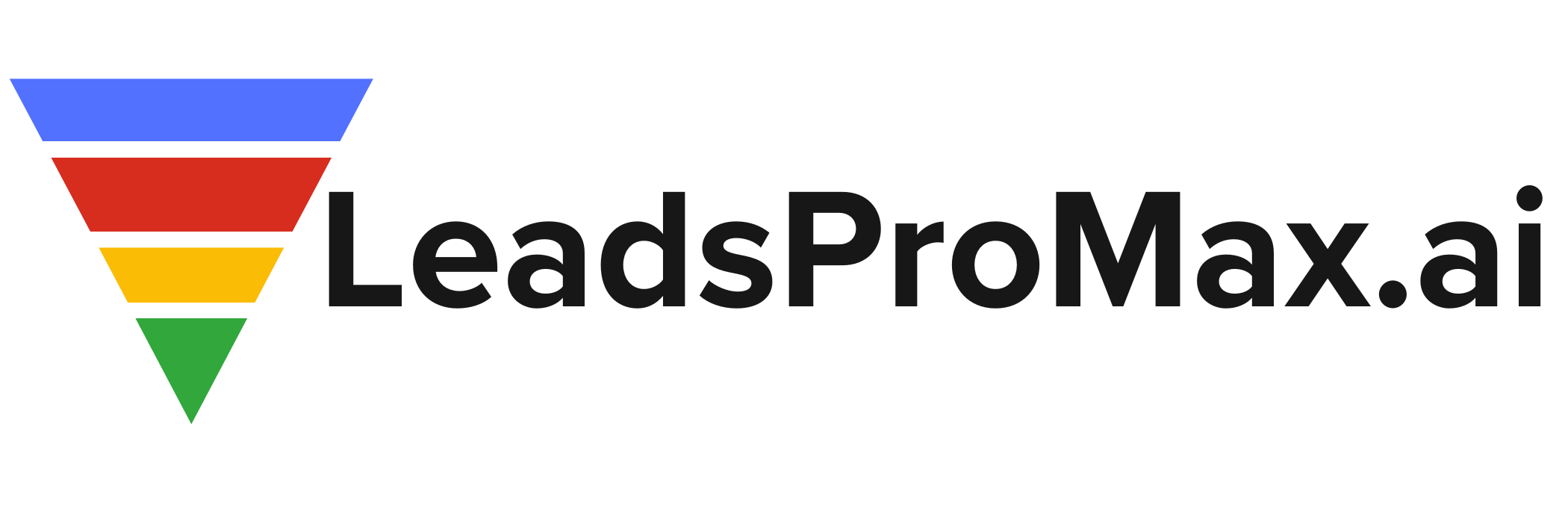Unlocking the Power of Predictive AI: The Critical Role of Stakeholder Engagement
In the rapidly evolving world of artificial intelligence, predictive AI has emerged as a game-changer for organizations across various industries. By harnessing the power of machine learning algorithms, predictive AI enables businesses to anticipate potential issues, prioritize cases, and make data-driven decisions with unprecedented accuracy. However, the success of predictive AI projects hinges on a crucial factor that often goes overlooked: stakeholder involvement.
The Importance of the Decision Threshold
At the heart of predictive AI lies a critical parameter known as the decision threshold. This “dial” determines the number of cases flagged for further review or action based on the AI model’s predictions. Setting the right decision threshold is a delicate balancing act that requires a deep understanding of the costs and benefits associated with different levels of intervention.
Consider the example of misinformation detection on social media platforms. Predictive AI can identify posts that are likely to contain false or misleading information, but the decision to manually audit these posts depends on various factors. On one hand, a low decision threshold may result in a high number of false positives, leading to unnecessary manual reviews and potentially stifling free speech. On the other hand, a high threshold may allow harmful misinformation to slip through the cracks, eroding public trust and causing significant damage.
Stakeholder Engagement: The Key to Optimizing Predictive AI
To strike the right balance and maximize the value of predictive AI, stakeholder engagement is paramount. Stakeholders, including business leaders, domain experts, and end-users, possess valuable insights into the specific context and requirements of their organization. By actively involving stakeholders in the process of tuning the decision threshold, organizations can ensure that predictive AI aligns with their business objectives, risk tolerance, and ethical considerations.
Effective stakeholder engagement goes beyond mere consultation. It requires a collaborative approach where stakeholders are empowered to make informed decisions based on a clear understanding of the AI model’s capabilities and limitations. This involves:
1. Educating stakeholders about the intricacies of predictive AI and the significance of the decision threshold.
2. Facilitating open discussions to gather input and concerns from diverse perspectives.
3. Providing transparent metrics and visualizations that enable stakeholders to assess the impact of different threshold settings.
4. Iteratively refining the model based on stakeholder feedback and real-world performance.
Real-World Applications and Industry Trends
The importance of stakeholder engagement in predictive AI is evident across various industries. In healthcare, predictive AI can help identify patients at high risk of certain conditions, enabling proactive interventions. However, the decision threshold must be carefully calibrated to balance the benefits of early detection with the costs of unnecessary tests and treatments.
Similarly, in the financial sector, predictive AI is used to detect fraudulent transactions and assess credit risk. Setting the right decision threshold is crucial to minimize false positives while effectively identifying genuine threats. Collaboration between AI experts, risk managers, and business stakeholders is essential to strike this delicate balance.
As the adoption of predictive AI continues to grow, industry trends point towards an increasing emphasis on stakeholder engagement. Organizations are recognizing the value of involving domain experts and end-users throughout the AI development process, from data collection and model training to deployment and monitoring. This collaborative approach not only improves the accuracy and relevance of predictive AI but also fosters trust and transparency.
Embrace Stakeholder Engagement for Predictive AI Success
In conclusion, while predictive AI holds immense potential to revolutionize decision-making, its success relies heavily on the active involvement of stakeholders. By empowering stakeholders to tune the critical decision threshold, organizations can harness the full power of predictive AI while mitigating risks and ensuring alignment with business objectives.
As you embark on your predictive AI journey, remember that stakeholder engagement is not a one-time event but an ongoing process. Foster a culture of collaboration, transparency, and continuous improvement, and you will unlock the true potential of predictive AI to drive innovation and competitive advantage.
#PredictiveAI #StakeholderEngagement #DecisionThreshold
-> Original article and inspiration provided by Predictive Analytics World
-> Connect with one of our AI Strategists today at ReviewAgent.ai

